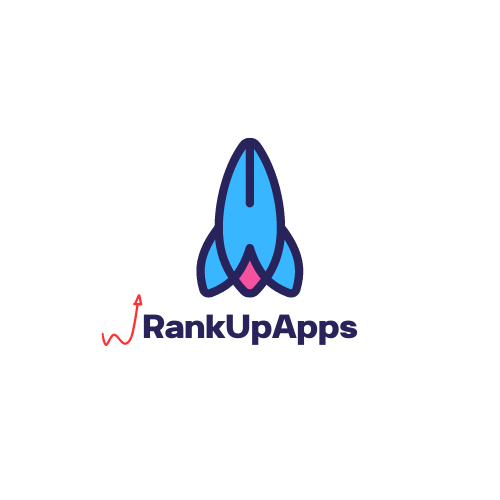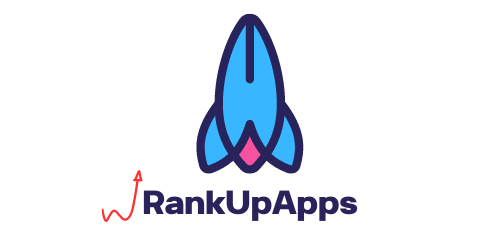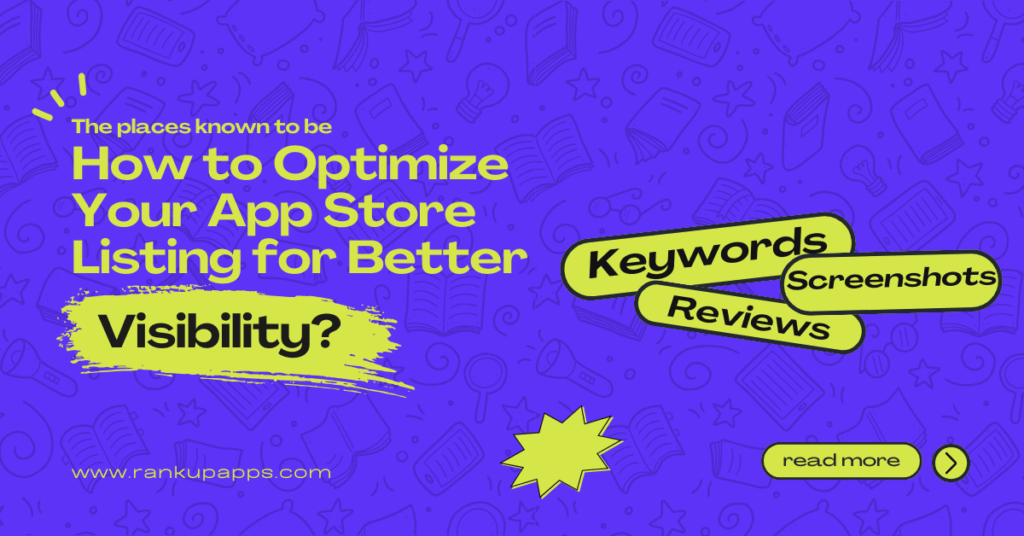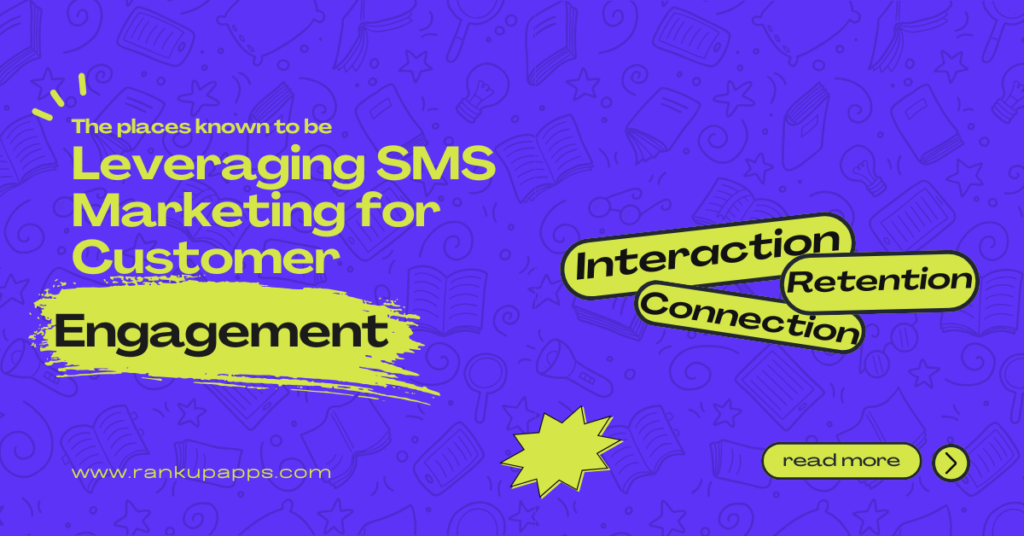Simply having a good app isn’t enough to keep consumers interested in the very competitive mobile app scene of today. Among the toughest difficulties app developers encounter are keeping users active, motivating them to come back often. app events then become relevant. Offering a special approach to interact with consumers, increase more activity, and build enduring relationships, they have grown to be pillars of app engagement techniques.
We will discuss in-app events in this blog how they might improve your mobile events marketing, boost active users, and create a devoted following. We will go over the main advantages of in-app events, how to organize them, and offer doable ideas to maximize their impact. By the end of this guide, you will know exactly how to leverage to maximize your app interaction.
What Are In-App Events?
In-app events are unique events, promotions, challenges, or time-sensitive activities occurring inside an app. These events sometimes feature seasonal campaigns, limited-time offers, or real-time activities meant to inspire consumers to interact with the app more regularly and for longer lengths of time. Many things can set off in-app events, including holidays, a special promotion, an update, or even a worldwide sports championship.
Simply said, app events are meant to inspire users to act by means of urgency, excitement, and exclusiveness. They could comprise pursuits like:
- Unique tasks or challenges
- Discount codes or flash sales
- Events or activities particular to holidays
- Features or materials unlocked during the event, exclusive content
- Events driven by communities, including leaderboards or tournaments
Including in-app events into your app engagement plans will help you to keep things interesting, break the monotony, and provide users with a cause to return.
Why In-App Are Necessary for App Engagement
User retention is more critical than it has ever been in the packed app market of today. Users have countless choices at their hands with millions of apps on the App Store and Google Play; they often drop off following few interactions with an app. Various studies indicate that over the first three days following installation, the typical app loses about 77% of its daily active users. This implies that the success of your app depends critically on getting users to remain involved long-term.
Under this situation, in-app events are a great instrument for motivating active users and promoting regular use. This explains their great efficacy:
Establish Urgency in Mind
In-app events create a sense of urgency and exclusivity, which is one of the main reasons they work so brilliantly. Users who feel as though they might miss something unique are more likely to interact. Whether it’s a flash sale, a limited-time discount, or a holiday-themed challenge, scheduling time-sensitive events gives consumers a cause to act right away.
Raise Active Users
Constant evolution of fresh in-app activities by an app increases user likelihood of returning often to explore new challenges, promotions, or content. This raises each user’s lifetime value (LTV) generally and helps active users grow over time. Active users are more likely to be devoted consumers, forward the app to others, and—in many cases—spend money within the app.
Promote Social Distribution
Many in-app events are meant with social interaction in mind. In-app events inspire users to post their successes on social media or invite friends to join the app, whether they be a leaderboard, a community event, or a unique incentive for referring friends. This kind of organic mobile events marketing can assist to increase the reach of your app and attract fresh users.
User involvement and personalization
Engagement can be greatly raised by customized in-app events catered to particular user activities, interests, or preferences. Users are more prone to participate when they believe an event was created especially for them. For users who have reached a specific app milestone or those who haven’t been active for some time, you might provide special benefits or events. Customizing helps users feel important and encourages more involvement.
Track events that offer practical insights into user behaviour and support your key performance indicators (KPIs) on app engagement and your attempts to raise active users. Steer clear of tracking every single micro-interaction since data overload results.
How In-App Events Drive Mobile Events Marketing
Usually by means of notifications, reminders, and in-app prompts, mobile events marketing is a tactic centred on real-time user engagement. Often in line with more general marketing objectives like increasing downloads, keeping users, or driving purchases, it uses in-app events to provide consumers an immersive experience. Track in app events keeping awareness of user privacy. Make sure you follow all pertinent data privacy rules and open with your customers regarding the data you are gathering and their usage.
In app events, then, are the voice of your users rather than only data points. Through improved app engagement and successful mobile events marketing, you can unlock the full potential of your app and attain sustainable development by attentively listening to these digital signals and acting strategically upon the insights they provide. Start tracking, start analysing, and start forging closer ties with your customers right now!
Important Strategies for Mobile Event Marketing Made Possible by In-App Events:
Notifications for Push-through Event Announcements
Strategy: Use focused push notifications to let consumers know about forthcoming. This might serve as a reminder for a special challenge, an exclusive giveaway, or a limited-time sale.
Tip: To draw attention, keep alerts brief, focused, and customized. For instance: “Hurry!” Just 24 hours to access your special reward!
Countdown Timers and Restricted-Term Offers
Strategy: Countdown timers give consumers a visual sense of urgency that motivates them to interact with the event before it ends. Countdowns increase conversions whether they are for a time-limited challenge or a sale.
Tip: Show a timer conspicuously inside the app and in alerts to remind users of the short lifetime of the event.
Reward-based incentives encourage participation.
Strategy: Users enjoy free rewards, thus link them to event participation. Whether it’s coins, in-app credits, special content, or badges, users are more likely to interact if something real appeals to them.
Tip: Use tiered rewards to inspire ongoing involvement; for instance, unlock more valuable rewards for reaching several events or benchmarks.
Social Sharing Elements
Strategy: Encourage consumers to invite friends to participate or post their event successes on social media. This can draw fresh users to the app and help to advertise the event.
Tip: Add simple social sharing buttons allowing users to brag about their event successes, that is, about finishing a challenge or ranking highly on a leaderboard.
The Best Practices for Planning In-App Events
Strategic planning and execution of your events will help you to fully use in-app events for increasing app engagement. These best ideas will help to guarantee the success of your events:
Match Activities with Personal Interests
Know Your Audience: The in-app events that speak to your users’ needs and interests are the most effective ones. Find preferences and trends by means of statistics. If your app is a fitness app, for instance, you might set up a fitness goal tracker or workout challenge.
Personalized Events: Sort your users and provide tailored events depending on behavior. For instance, give users who regularly make purchases or challenge users who have not interacted with the app a whole particular prize.
Provide Explicit Value and Compensation.
Create Value from Events: Whether your event offers prizes, special materials, or discounts, users must clearly understand its value. Users are more likely to engage if they feel as though they are obtaining something valuable.
Tiered Rewards: Offer several tiers of prizes to keep attendees interested all through the event. Reaching one milestone unlocks the next reward, enabling a sense of development.
Leverage User Feedback
Post Event Surveys: Knowing what worked and what didn’t will help you shape your next activities. To keep consumers involved, think about giving them a little incentive for finishing the survey.
Iterate and Improve: Your in-app events should be constantly improved depending on user comments. Resolve issues, improve incentives, and change the timing of events to maximize next participation.
Create a Sense of Community
Leaderboards and Rankings: Gamifying in-app events with leaderboards helps to boost engagement and drive rivalry. Seeing their relative performance to others inspires users to get more involved.
Social Media Features: Let users’ team up, challenge one another, or post their app-based success. This strengthens the community and gives the event a more interactive feel.
Conclusion
As mobile technology develops, in-app events will only become more important for promoting significant app engagement. Successful apps will be mostly different from others in their capacity to grasp unique user journeys and provide hyper personalized experiences.
Using the power of in-app will help you create very interesting events that really connect with your consumers on a deeper level than just standard marketing. Along with helping you increase active users; this will foster a devoted and vibrant app community.
Frequently Asked Questions
Why are in-app events important for app growth?
In-app events drive user engagement, increase session frequency, and improve long-term retention by offering fresh, relevant content or incentives.
How do in-app events affect app store visibility?
When optimized properly, in-app events improve discoverability on app stores by appearing in event sections, boosting exposure and downloads.
Can in-app events improve user retention?
Yes. Regular in-app events keep users engaged and coming back, reducing churn and enhancing app loyalty over time.
What types of in-app events work best?
Top-performing in-app events include seasonal sales, daily challenges, leaderboard contests, new feature reveals, and limited-time content drops.



